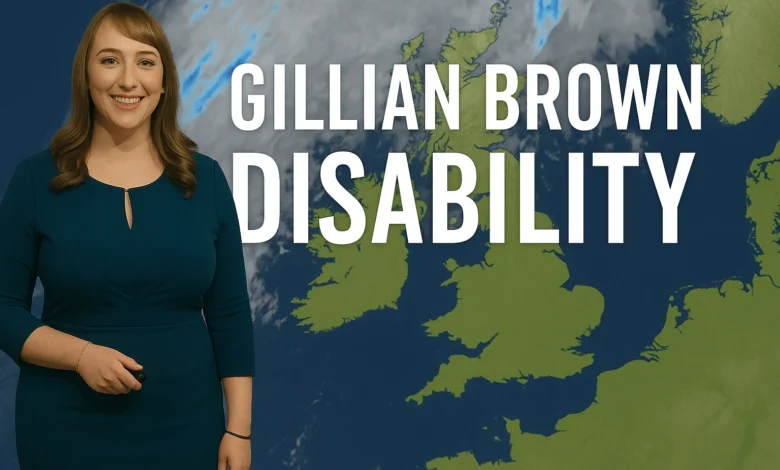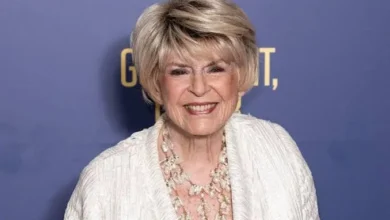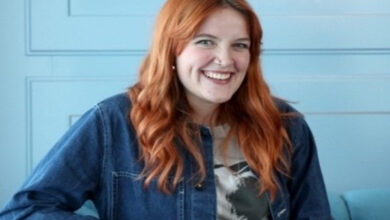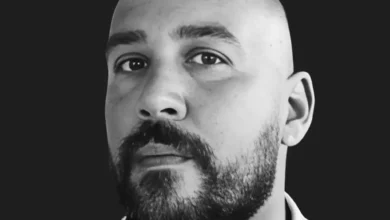Gillian Brown Disability – Exploring the Truth, Representation, and Inclusion Behind the BBC Weather Presenter’s Story

In the modern era of transparency and social awareness, audiences are increasingly curious about the personal lives of public figures — not out of intrusion, but out of admiration and empathy. One name that frequently draws such attention is Gillian Brown, a beloved BBC weather presenter whose professionalism and charm have made her a familiar face across the United Kingdom. Yet, among the many online searches surrounding her, one stands out — “Gillian Brown disability.”
This article delves into that topic with depth and care. We will examine Gillian Brown’s life, education, and career, while clarifying what is actually known about her health. More importantly, we’ll explore why this question reflects a much broader issue: society’s fascination with disability, representation, and inclusion in media.
Who Is Gillian Brown?
Gillian Brown is a respected British broadcast journalist and weather presenter, best known for her work with BBC East Midlands Today and formerly BBC Look North (Yorkshire and the North Midlands). Her poised demeanor, articulate delivery, and ability to explain complex weather patterns in relatable ways have earned her both credibility and admiration.
Education and Early Life
Gillian studied English and Journalism at Bournemouth University, where her passion for communication and storytelling took root. After graduation, she began her career in local broadcasting, gaining experience across various BBC regional platforms. Her consistent performance and engaging style soon made her a prominent figure in weather journalism.
Career Milestones
-
BBC Look North: Gillian first gained widespread recognition here, where her calm and professional approach helped her stand out.
-
BBC East Midlands Today: Her transition to this leading regional program solidified her reputation as a trusted broadcaster.
-
Social Media Presence: Beyond television, Gillian has embraced digital platforms such as TikTok, where she shares educational and entertaining weather content — bridging the gap between traditional media and younger audiences.
Her growing popularity highlights her ability to connect with viewers not only through forecasts but also through authenticity and personality.
Gillian Brown Disability – The Question Everyone Asks
One of the most frequently searched topics about her is “Gillian Brown disability.” But where did this come from, and is there any truth behind it?
Is There Any Verified Information?
There is no public evidence, interview, or statement confirming that Gillian Brown has any disability. Neither the BBC nor any credible publication has made reference to such information. Her on-screen presence, alumni features, and social media content focus solely on her professional journey.
While she has spoken about communication, inclusivity, and engagement in media, she has never identified as a person with a disability. It’s important to distinguish between speculation and fact — and in this case, the facts point clearly to there being no confirmed disability.
Why the Speculation Exists
So why does the search term “Gillian Brown disability” trend so often? Several reasons explain the curiosity:
1. Mistaken Identity
There are multiple professionals named Gillian Brown — including a linguist, a diplomat, and an academic involved in disability studies. It’s possible that online information about these individuals has been mixed up with the BBC presenter.
2. Curiosity About On-Screen Style
Sometimes viewers misinterpret a presenter’s voice, gestures, or mannerisms as indicators of a medical condition. In Gillian’s case, her calm and deliberate tone might have sparked curiosity or misassumptions.
3. Representation Awareness
Audiences increasingly seek role models who represent diversity, including disability. The growing cultural focus on inclusion may lead some viewers to search for broadcasters who reflect their own experiences or challenges — even without confirmation.
The Broader Picture: Disability and Representation in Media
Even if Gillian Brown herself does not have a disability, her story opens the door to a much-needed conversation about how disability is portrayed and understood in broadcasting.
Shifting Narratives in Television
Historically, disability representation in media was limited or framed through stereotypes — often focusing on pity or inspiration rather than authenticity. However, the modern media landscape is changing. Broadcasters like the BBC are making conscious efforts to include disabled voices on and off screen.
From actors and news anchors to producers and technical staff, diversity in ability is becoming an essential part of newsroom culture. The inclusion of presenters with visible or invisible disabilities helps normalize difference and enriches storytelling.
The BBC’s Commitment to Inclusion
The BBC has been at the forefront of promoting diversity, equity, and inclusion. Its internal policies emphasize hiring and supporting individuals with disabilities, ensuring accessible workplaces, and offering fair representation in programming.
While Gillian Brown has not been directly associated with disability advocacy, her professionalism and openness contribute to an atmosphere of accessibility and acceptance. She embodies the spirit of inclusivity that the BBC strives for — one that values skill and empathy above all else.
Understanding Disability Beyond Labels
The concept of disability extends far beyond visible limitations. It includes a wide spectrum of experiences, such as chronic illnesses, neurodiversity, mental health challenges, and sensory impairments. Recognizing this diversity is crucial to fostering genuine inclusion.
Two Key Models of Understanding
-
The Medical Model – Views disability as an individual problem requiring treatment or correction.
-
The Social Model – Emphasizes that societal barriers — inaccessible environments and discriminatory attitudes — are what truly disable people.
Adopting the social model shifts the conversation from “What’s wrong with the person?” to “How can society be more inclusive?” This is the perspective that modern institutions, including the BBC, are increasingly embracing.
Media’s Power in Shaping Public Perception
Television and journalism have immense influence over how audiences perceive disability. Every broadcast, interview, or report either reinforces old stereotypes or challenges them. Presenters like Gillian Brown, through their professionalism and relatability, show that talent and dedication transcend physical attributes or assumptions.
When the public sees capable individuals from diverse backgrounds on screen, it helps normalize inclusion and reduce stigma. Visibility, when approached with authenticity, is one of the strongest tools for societal change.
The Role of Education and Awareness
Educational institutions like Bournemouth University, where Gillian studied, and the University of Leeds, which offers disability-focused programs, play a critical role in promoting inclusive thinking. They equip future communicators and media professionals with the tools to portray disability accurately and respectfully.
Journalists, editors, and producers trained in inclusive communication can ensure that stories about disability are told with dignity and authenticity rather than sensationalism or pity.
Inclusion in the Workplace
Inclusivity in the media industry doesn’t stop at representation — it must also extend to working conditions. This includes accessible studios, flexible work arrangements, and adaptive technologies that support all employees.
Practical steps include:
-
Accessible equipment and studio layouts.
-
Assistive software for visual or auditory needs.
-
Captioning and descriptive audio for broadcasts.
-
Supportive HR policies encouraging open dialogue about accessibility.
Such measures ensure that every voice — regardless of ability — can contribute meaningfully to the media landscape.
The Importance of Respectful Curiosity
While public interest in Gillian Brown’s health may stem from admiration, it’s crucial to balance curiosity with respect. Assuming someone has a disability without verification risks spreading misinformation and undermining their privacy.
As viewers, we can shift focus from speculation to appreciation — valuing individuals for their professionalism and impact, not assumptions about their personal lives.
Final Thoughts
The conversation around Gillian Brown disability reveals more about society’s evolving mindset than it does about the presenter herself. There is no confirmed evidence that Gillian Brown has any disability — yet the dialogue inspired by that curiosity highlights the progress being made toward empathy, inclusion, and understanding.
Gillian Brown stands as a model of professionalism, clarity, and connection. Her success shows that true representation is not about labels or conditions — it’s about creating spaces where every individual, regardless of background or ability, can thrive.
FAQs
1. Does Gillian Brown have a disability?
No. There is no verified information confirming that Gillian Brown has a disability. She has not discussed any such condition publicly.
2. Why do people search for “Gillian Brown disability”?
The search trend likely stems from curiosity, confusion with others of the same name, and growing public interest in representation and inclusivity.
3. What makes Gillian Brown notable?
Her articulate communication, professionalism, and educational approach to weather broadcasting have made her a respected voice in British media.
4. How is the BBC promoting inclusion?
The BBC has implemented inclusive hiring practices, accessibility standards, and diverse representation across its networks.
5. Why is representation important in media?
Accurate and authentic representation helps normalize diversity, challenge stereotypes, and foster equality for all viewers and professionals alike.



